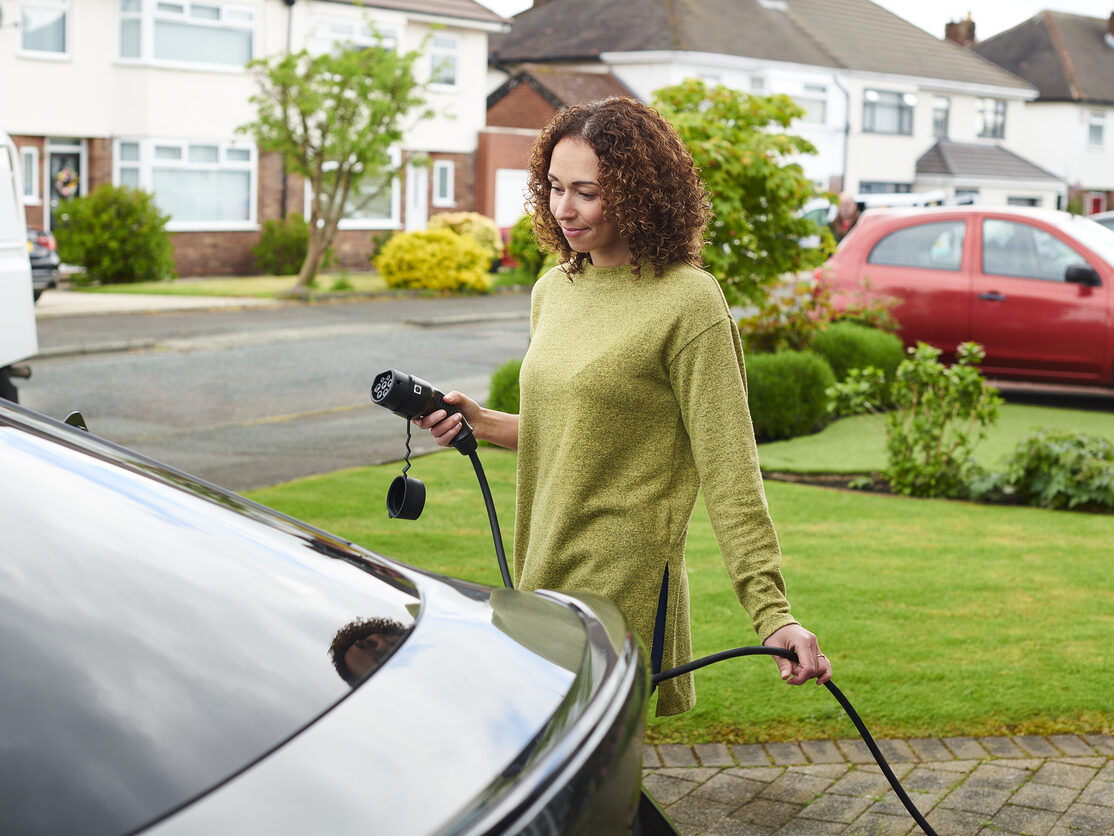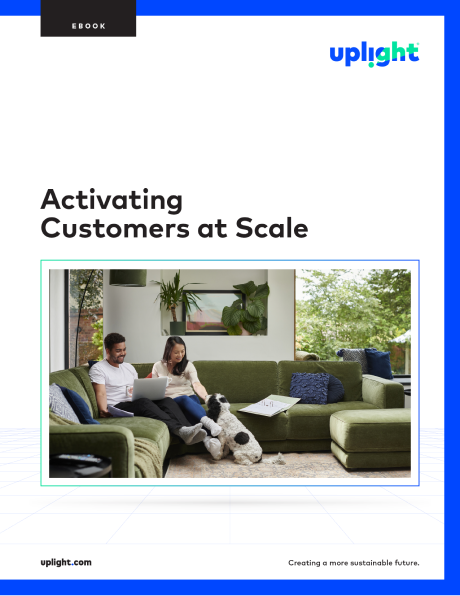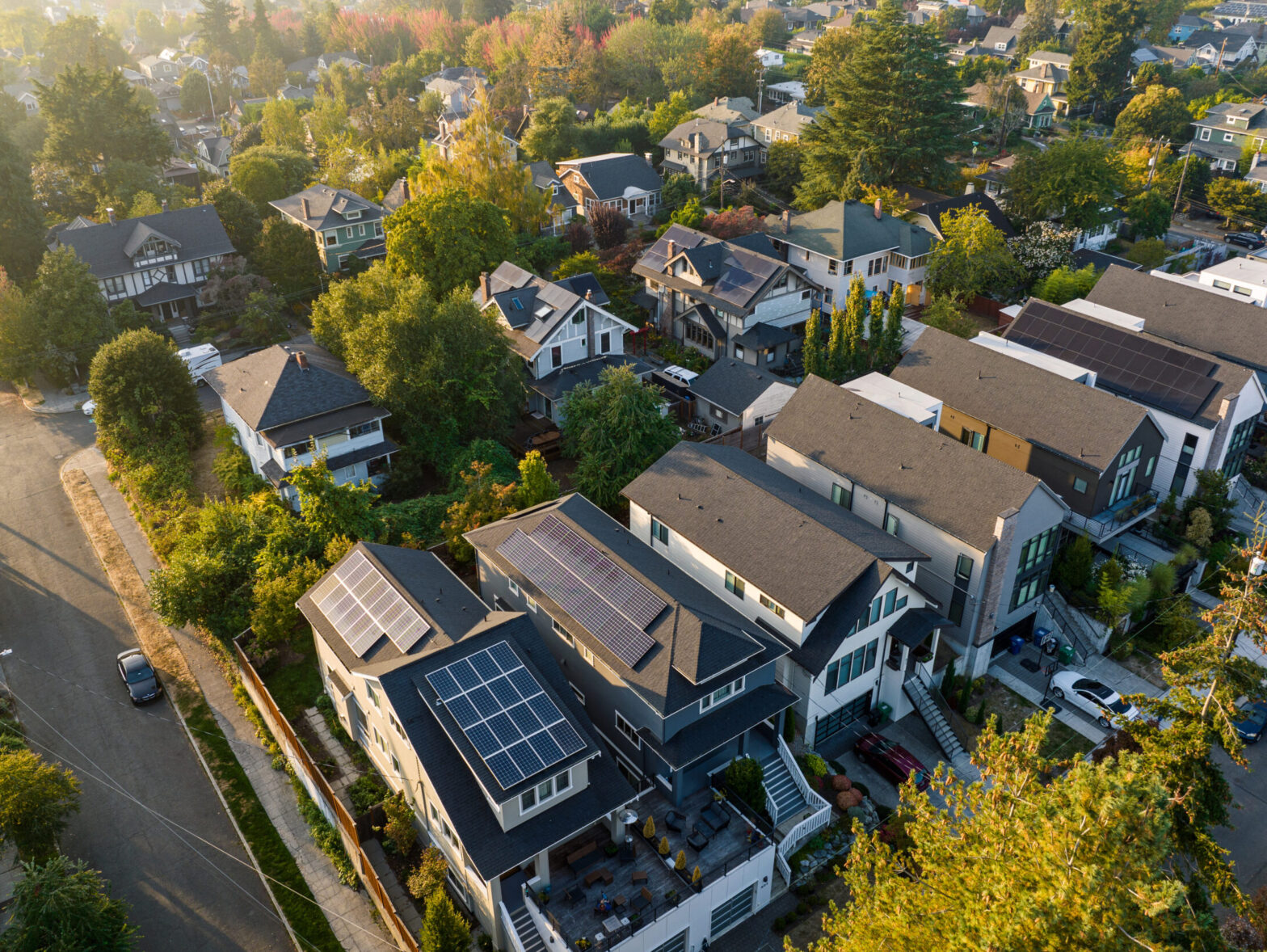Nationwide, electric vehicle (EV) ownership is on the rise. In 2024, 1.6M EVs were sold, with the sales share topping 10%. In an era of increasing load growth, EVs create new challenges and opportunities for utilities tasked with managing electricity demand. Not only can these relatively large new loads contribute to the system-wide peak demand straining grids across the country, but they can also impact distribution network congestion, creating large implications for grid reliability and affordability. Utilities are increasingly recognizing the importance of proactively managing the impact of these DERs on their system. One utility found that the benefits of managing EV charging outweigh costs and risks of inaction at only 5% system-wide adoption.
While all energy consumers can contribute to clean energy goals, EV drivers offer outsized value due to the significant impact their vehicles have on the grid—making them a key focus for utilities. Yet connecting with them effectively can be challenging, raising a critical strategic question: To what extent should utilities explicitly identify EV owners when promoting charging programs? Success depends on striking the right balance between personalization and respect for customer privacy.
First – who has an EV?
Using customer engagement and energy analytics tools, utilities are well positioned to understand detailed customer characteristics that facilitate accurate, personalized targeting. The first step here is understanding who actually has an EV. Uplight’s EV detection tools apply advanced machine learning techniques to customer energy data to accurately predict which customers are charging at home. This information alone can be extremely helpful, as utilities have often lacked visibility into the locations of their EV drivers. Given the impact that EVs can have on local distribution system infrastructure, locational awareness is a critical first step.
You identified EV drivers – now what?
Utilities can leverage customer preferences, charging habits, and household energy usage into account to tailor offerings like EV time-of-use (TOU) rates or EV managed charging programs for EV drivers. But given the importance of securing EV driver participation in demand shift efforts, it’s important to get the outreach approach right. Today’s energy consumers expect personalized experiences—especially EV drivers, who research shows are often more tech-savvy and data-driven than the average customer. Still, there’s a perceived fine line: how far is too far when targeting EV drivers with offers? Here are some insights that we’ve learned working with Popsicle Labs:
- Personalization is expected—when it adds value. 71% are willing to share personal information for more relevant and helpful experiences (Accenture, 2022). In the utility context, consumers appreciate proactive messages when framed around helpful insights and savings opportunities, not surveillance.
- Consumers embrace smart detection when it saves money or time. Behavioral research consistently shows that people are open to automation and smart defaults when:
- The benefit is clear (e.g., bill savings)
- The opt-out is easy
- The message uses plain, non-alarming language
Studies showed that friendly, non-judgmental, and transparent messaging increases acceptance, reduces skepticism, and sustains engagement over time. (ACEEE, 2016)
- EV Owners Are Especially Receptive. In a 2023 SECC report:
- EV owners view their utility as a smart partner, not a privacy risk
- 81% of EV owners were comfortable with utilities managing charging if it meant lower bills
- 68% preferred opt-in automation if control and benefits were clear
In general, there are two common approaches utilities can take:
- Overt Identification – Explicitly referencing the customer’s EV ownership. This method feels highly personalized, with the ability to deliver a strong call-to-action. However, it only works well if the customer trusts the utility or understands how their data is used.
- Inferred Targeting – Direct promoting of EV programs without explicit identification of EV ownership. This approach is safer in that it maintains baseline levels of trust by avoiding assumptions about behavior, but it can feel more generic and therefore have a weaker call-to-action that could affect conversion rates.
Each method carries trade-offs that should be considered based on the specific nature of the utility, the customer segment, and the program(s) targeted for participation.
Uplight’s 5-Step Approach to Riding the Line
- Get EV detection right. The first step to building trust and engaging EV drivers is accurately identifying who they are. Minimizing false positives—incorrectly labeling non-EV owners as EV drivers—is especially important, as misguided outreach can cause confusion and erode trust. A strong customer energy analytics partner can provide reliable and actionable detection insights to lay the groundwork for outreach.
- Test and experiment. Uplight’s Enrollment Lab team partners with clients to design and run pilot programs to learn which combinations of hypersegmentation and personalized messaging drive the highest enrollment rates. We use this framework to partner with utilities on real-world tests that recruit customers into grid-beneficial programs. We recommend A/B testing the two approaches to get real data points and refine strategies based on results.
- When in doubt, take a hybrid approach. When A/B testing isn’t feasible, lead with transparency up-front, using language like “We noticed a usage pattern that sometimes indicates an EV charging at home.“ Then layer in soft personalization cues, using language like “If you’re charging at home…” paired with an enrollment CTA.
- Engage effectively. Whichever route you choose, surface EV-specific insights, with program information in a compelling UX to drive enrollment rates.
- Measure and Refine. When done right, EV detection and personalized recruitment can be the start of a win-win relationship, where:
-
- EV drivers get rewarded for the special capabilities their vehicle brings with a high-value offer and
- Utilities can stave off costly distribution grid upgrades by knowing where their EVs are and effectively motivating them to enroll in grid-friendly programs.
EVs are here to stay, and efforts to engage them should balance insight with integrity. Stronger customer relationships = Better DR event performance.





